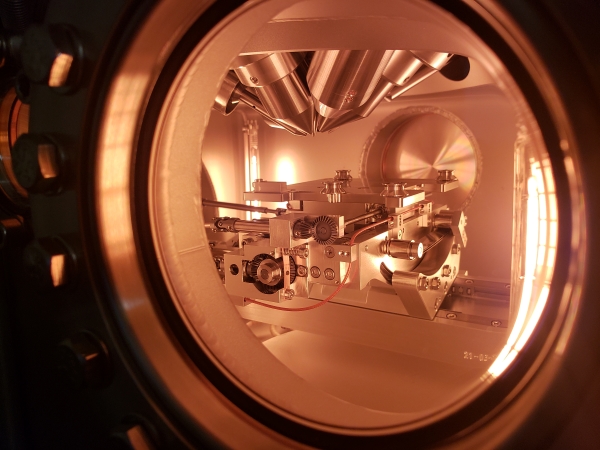UNDERSTANDING HOW TOF SIMS ANALYSIS TECHNOLOGY WORKS
Time-of-flight secondary ion mass spectrometry, or TOF-SIMS, is a powerful analytical technique used to study the surface chemistry of various samples. The technique is based on the principle of ion bombardment and secondary ion emission. A primary ion beam irradiates the sample, which causes the emission of secondary ions from the surface. These secondary ions are then mass-analyzed to determine their composition and concentration.
Analyzing a sample
In a typical TOF-SIMS experiment, the sample is placed in the instrument’s vacuum chamber, and the primary ion beam is focused onto the sample surface. The primary ion beam can be composed of ions of various elements, such as Cs+, Ga+, and Bi+, depending on the analysis type. The primary ion beam causes the emission of secondary ions from the sample surface through a process known as sputtering. These secondary ions are typically positive and extracted from the sample surface by an electrostatic lens or a magnetic sector.
The extracted secondary ions are then accelerated towards a time-of-flight mass spectrometer, which is used to analyze the ions’ mass-to-charge ratio (m/z). A time-of-flight mass spectrometer works by measuring the time it takes for an ion to travel a known distance and using this time to calculate the ion’s mass-to-charge ratio.
The ions are accelerated to a known kinetic energy and then travel a known distance to the detector, where they are detected and the time of flight is measured. This provides a very high mass resolution and allows the identification of multiple species with the same mass.
After determining the mass-to-charge ratio of the ions, the ions are detected, and their signal is amplified to generate a mass spectrum. This mass spectrum provides information on the composition and concentration of the secondary ions. The intensity of the peaks in the mass spectrum is proportional to the number of ions of a particular m/z ratio. With the help of advanced software, 2D chemical mapping can be obtained by simultaneously recording multiple mass spectra at different positions on the sample surface, giving comprehensive and detailed information about surface chemistry.
Applications
TOF-SIMS can study various samples, including metals, semiconductors, ceramics, polymers, and biological samples. It is a highly sensitive technique and can detect surface concentrations as low as parts per billion (ppb) to parts per trillion (ppt). Additionally, it can provide chemical images of the sample surface with a lateral resolution down to the sub-micrometer range.
The technique does have some limitations. For example, the primary ion beam can cause some sample damage, which can be a problem for some samples. Also, the technique can be sensitive to surface topography, as the primary ion beam can be scattered by surface features such as steps and ledges.
To sum up
TOF-SIMS is a powerful analytical technique that can provide detailed information on the surface chemistry of various samples. It is highly sensitive and can detect surface concentrations as low as parts per billion (ppb) to parts per trillion (ppt). However, sample preparation and the selection of instrument parameters are critical for obtaining high-quality TOF-SIMS data.








